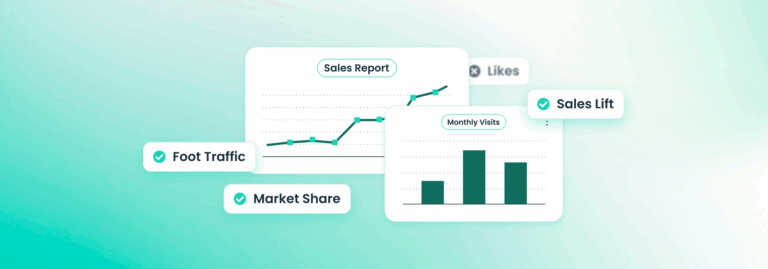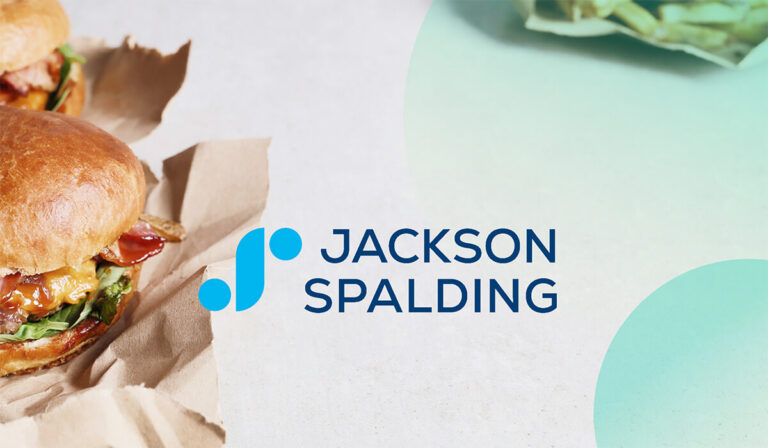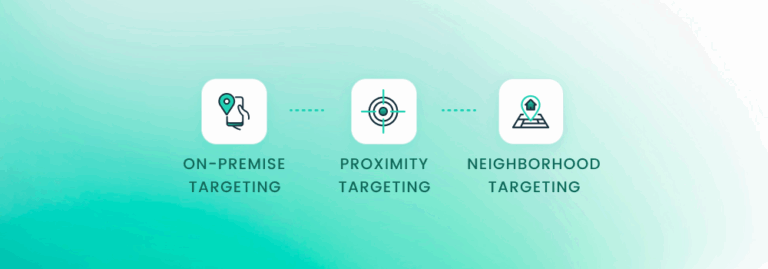Time to get with the program, marketers! Programmatic advertising has established itself as a must-have for any marketing campaign. eMarketer predicts over 88% of US digital display ad expenditures will be done via programmatic advertising by the end of 2022, representing over $96 billion worth of transactions.
Even though programmatic advertising has revolutionized the way we approach marketing, there’s still confusion around what it is. So, let’s dive into the fundamentals of programmatic advertising and explain how you can incorporate it into your next campaign.
What is Programmatic Advertising?
In its simplest terms, programmatic advertising is ad placement technology. Programmatic advertising typically refers to the process of automatically purchasing and optimizing digital campaigns in real time through software or services. By leveraging machine learning and AI, programmatic advertising makes ad buying more efficient by automating many menial and mundane tasks. Programmatic advertising also offers simple ways to reach a desired segment, through methods such as audience targeting or geotargeting, maximizing any ad budget. Programmatic advertising can be applied to numerous digital marketing channels, such as display, mobile, video, and Connected TV (CTV). With its reach, flexibility, transparency, and efficiency, no wonder marketers are flocking to this technology.Programmatic vs. Non-Programmatic Advertising
So, what’s the difference between programmatic and non-programmatic advertising? Programmatic advertising is quicker, more powerful,, and more efficient! Instead of going through the traditional route, which requires time-consuming endeavors such as human negotiations and contracts between media buyer and website publisher, programmatic advertising automates the ad placement process. It also provides real-time data not available through non-programmatic means, allowing marketers to monitor and optimize their campaigns.Programmatic Advertising Terminology
Most new technology comes with a handbook of jargon and phrases—programmatic advertising is no different. With so many unusual acronyms and words, even the savviest of marketers can find themselves lost. To help bring clarity, we have defined the key terms you need to know to begin your programmatic advertising journey: SSPs: Supply-side platforms (SSPs) are platforms used by website publishers to manage, sell, and optimize their available ad space on their websites or apps. DSPs: Demand-side platforms (DSPs) are platforms that enable media buyers to automate the purchase of digital ad space from a marketplace. Ad Exchanges: Ad exchanges are digital marketplaces where marketers and publishers can buy and sell ad space. These marketplaces allow SSPs to sell ad inventory on behalf of website publishers, and DSPs to bid on it. RTB: Real-time bidding (RTB) is an automated digital auction process of buying and selling ad space on an impression-basis through real-time auctions or at a fixed price. Programmatic vs. Display: In the context of programmatic advertising, programmatic is a method of purchasing and placing ads via automation, and display is the form of the ad itself (video, image, text, etc.) and where the ad appears.Examples of Programmatic Advertising
So, marketers, do you want to see the full potential of programmatic advertising? Here are examples of programmatic ads in action: Google: In 2014, Google utilized programmatic advertising to promote its Google Search App ad campaign. As an early adopter, Google experimented with the new technology, discovering that programmatic advertising could help them reach new customers and let them optimize their campaigns in real-time. Thanks to this ad tech, their campaign increased brand awareness by 50%, reached 30% more viewers three times more frequently, and lowered CPM by 30%. The Economist: In the hopes of convincing potential readers to subscribe to their publication, The Economist turned to programmatic advertising. The Economist marketers gained better readership data, allowing them to identify and create target audience segments. With this useful data, The Economist created more than 60 versions of the ad to better connect with their desired segment. The result? Their tailored advertising campaign gained 650,000 new readers and boosted awareness by 64%.Using DSPs for Programmatic Ads
Hold on there, marketers. Before you sign up for a DSP, take some time to set your KPIs and develop a strong creative approach. Afterward, find the right DSP for you. Selecting the ideal DSP depends on numerous factors, including budget, ease of use, targeting capabilities, and potential reach. Once you find the perfect match, you can start your real-time ad space bidding. After you select your target segment, define your budget, and upload your ad, it’s bidding time. Your DSP will offer a variety of bids to buy impressions based on your segment criteria. If you select a bid, the auction commences in real-time. The winning bidder will purchase the space and have the ad featured on the publisher’s website. All of this happens within a fraction of a second! Fixed-price ad buys are also possible via Programmatic, through a buying method called Programmatic Guaranteed (PG). Once your campaign goes live, your DSP has the tools to optimize it. Keep your eye on your campaign data to see where you need to make adjustments to enhance your ad performance. One common optimization method is to adjust bids by high- or low- performing sites within a programmatic campaign.Examples of Programmatic Buying Platforms
If you already began searching for a programmatic buying platform, or DSP, chances are you noticed there are many available. Instead of scrolling through endless options, here are some examples of programmatic platforms that marketers often use for their campaigns:- Google DV 360
- The Trade Desk
- Amazon DSP
- GroundTruth Ads Manager
- Yahoo DSP
- Roku OneView
- Xandr
- Adelphic
- Amobee
- ..and many more!





